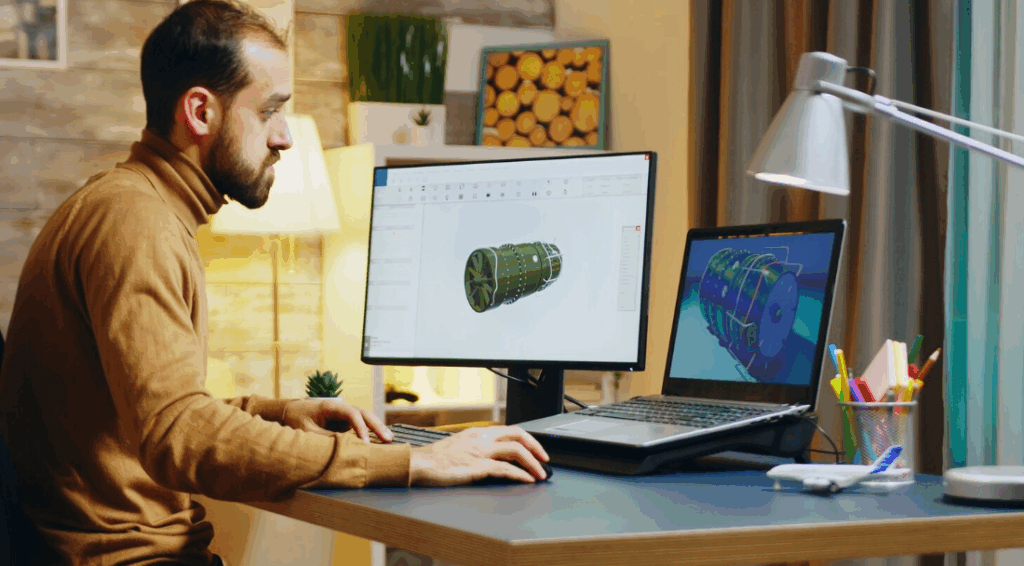Museums are no longer static spaces where visitors quietly observe objects behind glass. Today, they are interactive cultural hubs, where history, art, and technology merge to create unforgettable experiences. One of the most exciting advancements shaping this transformation is custom museum exhibits 3D modeling.
Using advanced tools such as FreeCAD for heritage architecture restoration and 3D modeling for heritage buildings, curators and designers can create tailored exhibits that go beyond mere preservation. Digital models allow for the design of immersive displays where artifacts are not only shown but contextualized in their historical settings. For instance, instead of displaying a broken fragment of a column, museums can use historical building 3D models to recreate the full structure virtually, giving visitors a complete picture of its original grandeur.
Custom 3D modeling also enables digital preservation for museum exhibits, which is crucial for fragile artifacts. Some objects cannot withstand constant exposure to light, temperature shifts, or human interaction. By digitizing them and integrating replicas or interactive digital stations into exhibitions, museums preserve their integrity while still engaging audiences.
Moreover, this approach allows for personalization and innovation. With museum collection digitalization, curators can mix authentic items with digital reconstructions, offering layered narratives. For example, an ancient manuscript can be displayed physically while its digital version is projected with annotations, translations, or interactive zoom features. This makes heritage accessible to both casual visitors and academic researchers.
Custom museum exhibits 3D modeling also supports inclusivity. 3D printed replicas of digitized artifacts can be included in tactile exhibits for visually impaired visitors, ensuring broader access to cultural heritage. Likewise, digital models can be shared online, allowing global audiences to explore collections that were once geographically limited.
Lastly, custom 3D modeling strengthens collaboration. Museums worldwide can co-create exhibits using 3D printable models of cultural artifacts FreeCAD, ensuring shared cultural narratives across different regions. This collaborative approach ensures that no single museum holds history in isolation — heritage becomes a collective story shared across borders.
In conclusion, custom museum exhibits 3D modeling is not just about modernizing displays. It is about deepening the dialogue between past and present, engaging diverse audiences, and safeguarding fragile cultural treasures. By combining innovation with storytelling, museums can transform into dynamic spaces where culture truly comes alive.

